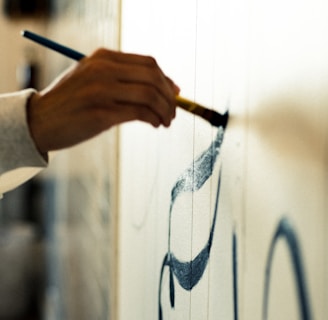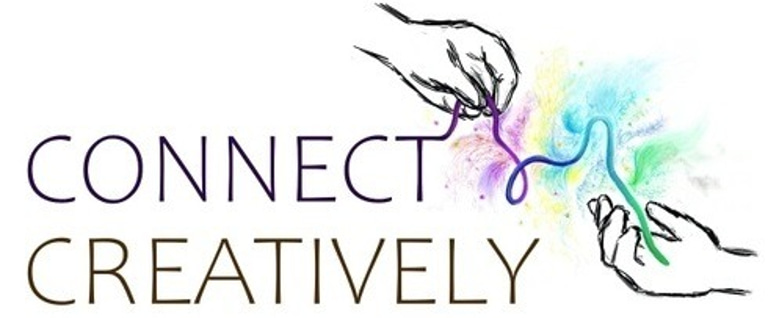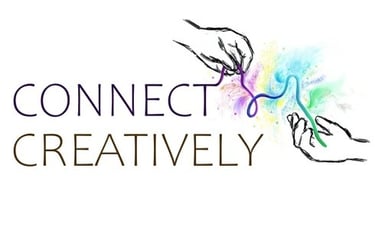The Therapeutic Benefits of Using Traditional Art Materials in Art Therapy: Chinese Art Materials.
A look into the benefits of using traditional art materials within art therapy
ART THERAPY
12/30/20232 min read


A study conducted by Le Heux et al. (2023) explored the effects of engaging in traditional art practices (5 participants, 4 weeks) and the effect on participants' wellness. The participants reported a stronger sense of wellness as well as being more aware of the present while creating art. This connection to cultural heritage can strengthen individuals' sense of wellness, mental health, and emotional well-being.
A larger scale study (104 participants, 30 treatment sessions) conducted by Tong et al. (2001) focused on the use of traditional Chinese materials in group art therapy sessions for individuals diagnosed with schizophrenia. The results demonstrated that participants experienced improvements in self-efficacy, social function, and a decrease in reported life problems.
The use of culturally relevant materials may provide a familiar and comfortable environment for participants and the act of art-making may also facilitate healing. One of the key benefits of using traditional art materials in art therapy is the ability to tap into the rich history and symbolism associated with these materials. Traditional Chinese art materials, for example, carry a rich history with deep cultural meaning and symbolism.
Art therapy is the combination of psychotherapy or talk therapy with creative expression. It utilizes the creative process to promote healing, self-reflection, mental health and wellness.
The use of art is an ancient healing practice and has spanned across cultures and time. However art therapy has globalized and Western materials are often used predominantly in art therapy (Park, 2020). Incorporating culturally relevant art making practices and materials, such as traditional art materials in art therapy, can have therapeutic impacts on wellness and cultural connectedness.


By incorporating these materials into the therapeutic process, individuals can explore and express their emotions and experiences in a culturally relevant and meaningful way.
The tactile nature of traditional art materials can have a calming and grounding effect on individuals. The process of working with materials such as ink, rice paper, and brushes requires focus, patience, and attention. This process can promote mindfulness and help individuals to be present in the moment, reducing stress and anxiety.
Incorporating traditional art materials, such as traditional Chinese art materials and culturally relevant materials, in art therapy can have positive affects within psychotherapy and art therapy. It is important that you find a therapist you are comfortable sharing your ideas and who hold cultural empathy to help support you on your journey.
References:
Le Heux, Rochelle; Maddahi, Isabel; McCue, Christina; Minassian, Lala; Orozco, Martha; Parmar, Devika; Rodriguez, Vivian; Sze, Ruth; and Thomas, Shannon, "Traditional Cultural Artmaking Practices and Their Impact on Wellness" (2023). LMU/LLS Theses and Dissertations. 1212. https://digitalcommons.lmu.edu/etd/1212
Sojung Park, Hyunjung Lee, Seungeun Kim & Yuri Kim (2021) Traditional Korean Art Materials as Therapeutic Media: Multicultural Expansion Through Materials in Art Therapy, Art Therapy, 38:2, 60-68, DOI: 10.1080/07421656.2020.1729077
Tong J, Yu W, Fan X, Sun X, Zhang J, Zhang J and Zhang T (2021) Impact of Group Art Therapy Using Traditional Chinese Materials on Self-Efficacy and Social Function for Individuals Diagnosed With Schizophrenia. Front. Psychol. 11:571124. doi: 10.3389/fpsyg.2020.571124
Hawaii Edu. (n.d.). 6 principles of Chinese painting. Six principles of Chinese painting. https://laulima.hawaii.edu/access/content/user/bsg/layout/art101slides/Chinese/Body/119.html


